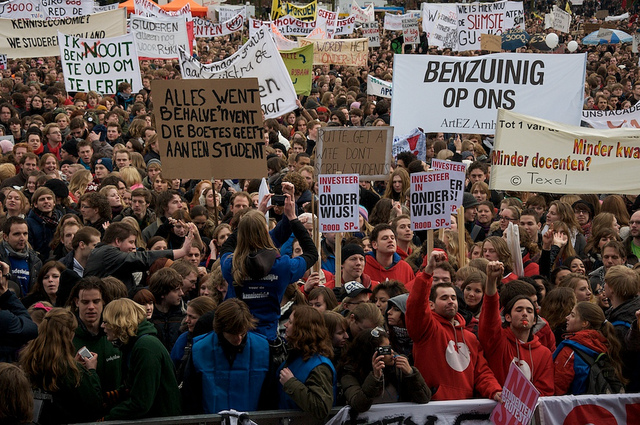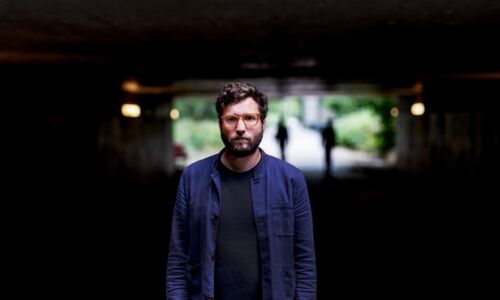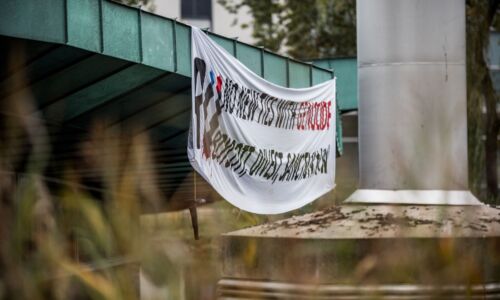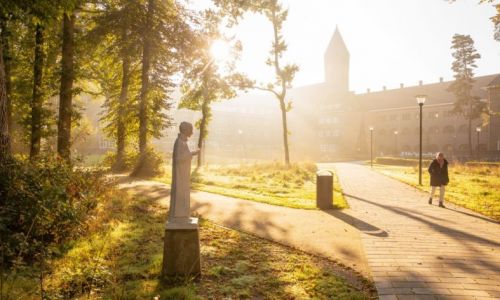New spark in Radboud’s student protest
-
 Eerder studentenprotest in Den Haag in 2011. Foto: Rufus Baas (Creative Commons, Flickr)
Eerder studentenprotest in Den Haag in 2011. Foto: Rufus Baas (Creative Commons, Flickr)
Today, a new action group is protesting on the Erasmus square. The group Changing Perspective wants to denounce the university's revenue model. 'Together with other initiatives, we want to change things on a national level', said spokesman Thomas Keulemans. It is a new chapter in Nijmegen's rich history of university protests.
‘Something is stirring in the hallways of Radboud University. A disquiet. A concern. A rage. A need for change.’ This is the start of the ‘love letter to the university’, made by the group Changing Perspective.
The pamphlet challenges Radboud University’s revenue model. ‘The university, like our love for her, doesn’t function when she is being led by statistics and economics’, it says. The action group does neither blame teachers, nor the Executive board for the university’s current state. ‘They just obey a national government that encourages the marketization of education and knows no other politics than the politics of austerities.’
‘We are what keeps the brand going: we can demand reform. Let’s really change perspective!’ That’s why the group, consisting of around twenty students, is protesting today. Between 17.00 and 18.00, students and teachers will take the stage for speeches, among whom assistant professor Willem Halffman.
Students were often critical about the lack of democracy within the university
Nijmegen has a rich history of student protest. In fact, the first student occupation of a university building in The Netherlands was in our city. In 1968, during the end of the year, students occupied the auditorium for a day. Just like today, the students wanted to protest measures that, according to them, were meant to make a university degree into an instrument to serve the capitalist society instead of the people. After that, the protests continued, in Nijmegen as well as in other Dutch cities. In april 1969, the most famous Dutch student occupation happened in Amsterdam, in the Maagdenhuis building.
But you can also find examples of student activism in more recent history. In 1985, students occupied the Erasmus building for three weeks, in 1990 for two days, and in 2011 they tried again, but the police ended that occupation within a couple of hours. These three protests were all about changes in student loans and the fear that studying would become less accessible for people with less financial resources.
Efficiency thinking
In 2015, students squatted the former Law cafeteria. They were united in a group called De nieuwe universiteit Nijmegen (DNUN), meaning the new Nijmegen university. They were critical about the influence of commerce on the university, and the lack of democracy within the university’s system. Until the university cleared the cafeteria three weeks later, the students held discussions there and offered space to study.
In the same year, in Amsterdam, students occupied the Maagdenhuis building again, and the Bungehuis alongside it. This time, they stayed for more than a week, also asking for more democracy and less ‘efficiency thinking’. One of the things that sparked these protests, were the financial cuts in the Humanities faculty and the fact that the university of Amsterdam sold the Bungehuis to Aedes Real Estate, an organisation that wanted to open a Soho house in it.
Today, the protesters want to be the Nijmegen part of #WOinActie (higher education in action). This is a movement consisting off mostly professors, protesting education cuts. This week, there will be protests at universities all over the country, by students and staff.



